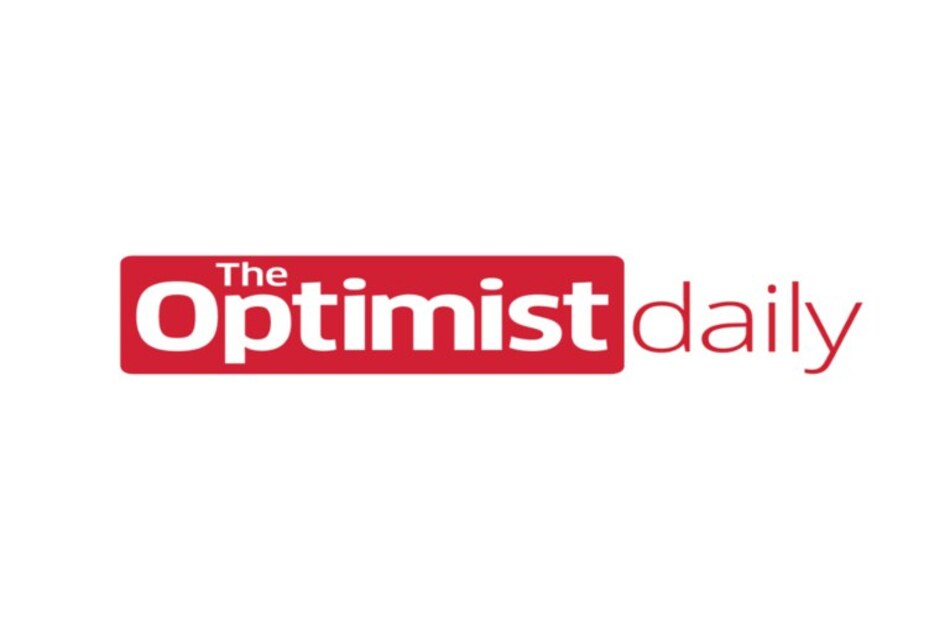Last week we celebrated the launch of Fat Bear Week 2021. You can check out the lineup of chunky contestants here, but today, we’re looking at some of the science behind these giant creatures. Researchers working in Brooks River in Alaska’s Katmai National Park and Preserve are using state of the art scanners to understand which bears are actually fat, and which are just huge to start with.
Using a terrestrial lidar scanner, researcher Joel Cusick, who works for the National Park Service’s Alaska regional office, can create a 3D scan of an object without actually getting close to it. When it comes to a 1,000 pound brown bear, this is a big research advantage.
There are about 2,200 brown bears in Katmai, but monitoring the health of populations is no simple task. It’s hard to estimate the size and weight of bears without luring them onto scales or tranquilizing them. Lidar systems allow researchers to safely measure and weigh bears from a distance, without disturbing the majestic creatures.
After gathering lidar measurements of an animal, the researchers use estimates based on gender, bone structure, time of year, and more to calculate the bear’s weight. In tests, 10 lidar scans of one bear (Bear 747) put the scanned weight just eight pounds off from the bear’s 2019 weight, a whopping 1,416 pounds.
Size and weight estimates will help researchers identify health trends within a population as well as track changes in single bears over their lifetimes. Lindsey Mangipane, a polar bear biologist for the US Fish and Wildlife Service, tells CNN that moving forwards, they hope to test out the technology in zoos with captive polar bears, where they can know for sure how much the calculated weight and size varies from the actual figure.












